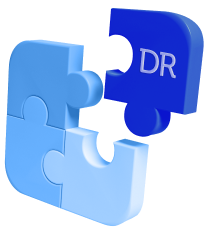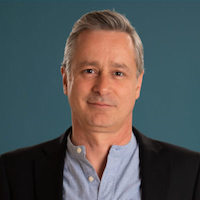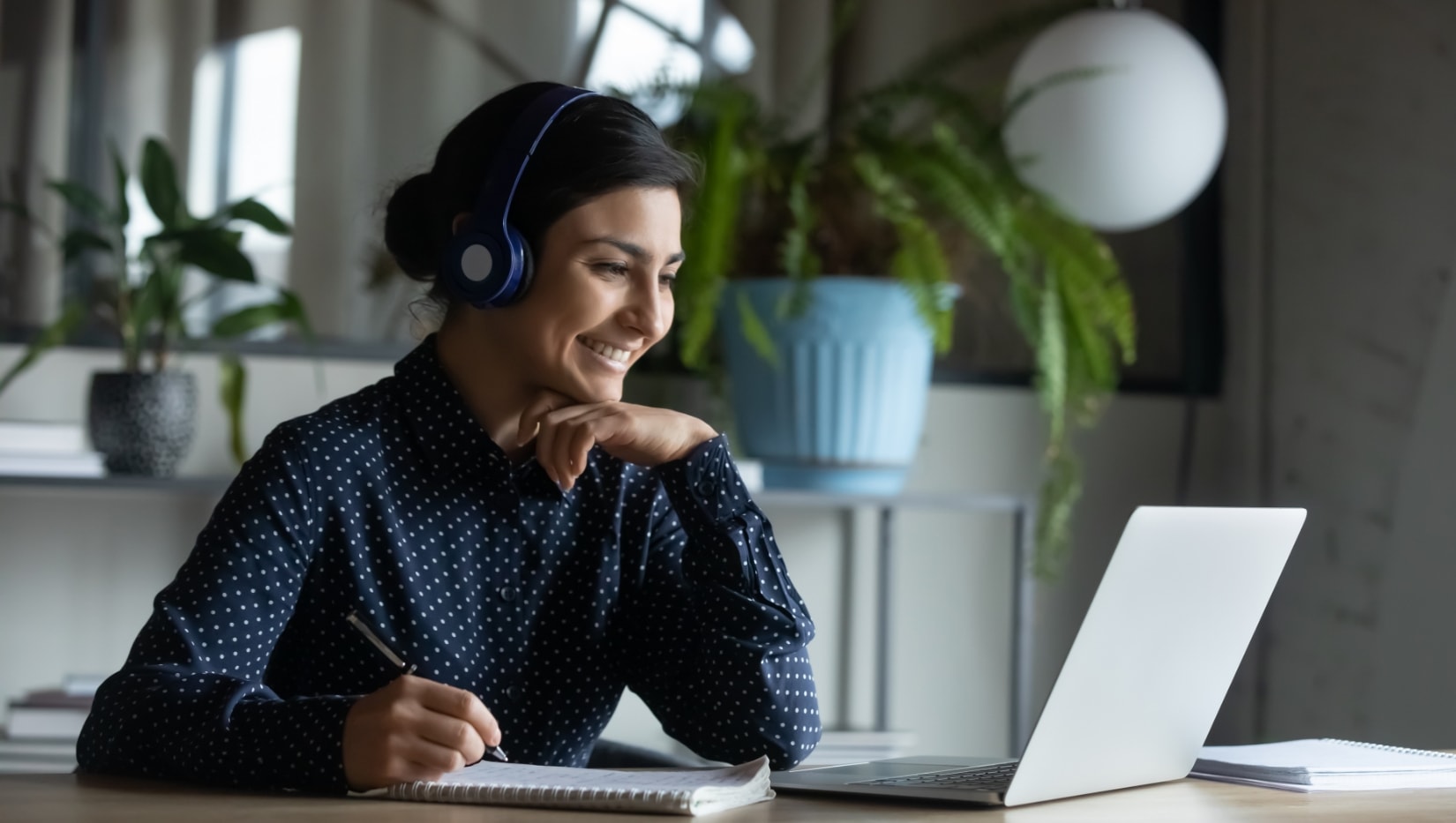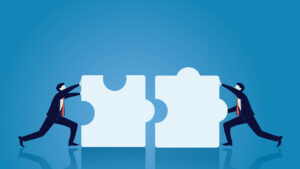Software as-a-service has shaped how tech companies do business for over ten years. Its format, charging a recurring, flat-fee subscription for services, has proved irresistible.
Across different industries, the SaaS model unlocked new levels of productivity, cost savings, scalability and corporate agility. Simple to understand, but explosive growth.
Except thousands of SaaS companies are moving away from a flat-rate system. The reason? Its simplicity has a major catch. Flat-rate subscriptions don’t account for any usage that falls beyond the agreed fee. They leave money on the table.
3 benefits of usage-based pricing for SaaS
SaaS companies aren’t ditching basic subscriptions entirely. As we’ll see, many prefer to use them as a complement to something more powerful. Usage-based pricing has seen a meteoric rise. And for SaaS companies, it unlocks a key differentiator: charging based on value vs. product access. Infrastructure services like AWS saw its potential early. It’s now used across all kinds of SaaS verticals.
Usage-based models offer the most profitable, scalable option for SaaS players:
- They allow your customers to start at lower costs. This removes any headaches associated with getting them in the door to begin with.
- Because your price is linked with the value your customers receive, you’re better placed to monetize them over time.
- With no cap on the number of customers who can use your service, there’s more chance of new use cases. This encourages more long-term success and a higher customer lifetime value.
According to the Subscribed Institute, subscription-based companies make up to 50% of their overall revenue with usage-based pricing. They also grow 1.5 times faster than companies without it. In fact, the real magic happens when SaaS companies combine usage-based pricing with other models.

5 SaaS firms who are winning with usage-based pricing
1. Mailgun
Category: Email delivery service
USP: Combination of fixed-price tiers and usage-based pricing
Email delivery specialists Mailgun offers a transactional API service for software startups. In other words, they help integrate a company’s email with a user’s app. Mailgun offers tiered levels of fixed price subscriptions based on the overall volume of emails sent. They also offer a usage-based pay-as-you-go (PAYG) model for anything not included in the plan.
2. WordStream
Category: Marketing platform
USP: Combination of subscription + add-ons
WordStream’s marketing automation platform uses an uncommon, quantity-based pricing model. Users can select from pre-selected usage thresholds as opposed to a classic, usage-based billing. But they can also opt for various, fix-priced consulting add-ons which are charged monthly. The model’s appeal lies in its flexibility.
3. MessageBird
Category: Communications
USP: Usage-based billing + fixed price bolt-ons
Firms use MessageBird’s API platform to integrate the likes of voice calls and WhatsApp messages with other channels like email and social. The SaaS company relies on a metered billing system comprising multiple, standalone, billable segments. It also offers fixed-price bolt-ons (think services designed for SMS numbers), and vanity area codes for a fixed rate (plus a one-time fee).
4. VMWare Category: Cloud services USP: PAYG usage-based billing + pay-as-you grow + flat-rate subscription
Cloud computing specialists VMware enjoy a healthy revenue blueprint. How? By offering partners multiple ways to consume its products. Users can select a pay-as-you-go model. But they can also opt to pay-as-they-grow (i.e., purchase storage capacity and products incrementally), or choose a monthly subscription model.
5. Zocdoc Category: Healthcare USP: Usage-based pricing
Zocdoc has enjoyed a resurgence in its telemedicine booking platform since adopting usage-based pricing. Prior to this decision, it charged an annual flat fee to customers. These days, its users (healthcare providers) pay for each new patient booking.

Transitioning to usage-based pricing: 3 things to remember
Usage-based pricing has obvious benefits. But transitioning from flat-fee only models includes potential challenges. Here are three of the biggest ones.
- Usage data lives in all kinds of disparate data sources.
- If you can’t process it accurately and in real-time, things go pear-shaped, like losing data during hand-offs between different systems.
- Ultimately, you end up leaking revenue.
Almost every SaaS company looking to adopt usage-based pricing shares similar business objectives. You’ll likely want to capture revenue in a timely way (and stop the above revenue leakage). And you’ll want to ensure accurate billing, and by extension, a better customer experience.
Here’s the thing, though. Adopting a SaaS usage-based pricing model successfully relies on more than just a better billing system or application layer. Sustainable success requires the right kind of data management.
A lower-risk, usage-based journey begins and ends with DigitalRoute
At DigitalRoute, we process data about how our customers use digital services. Our software is everywhere: it’s used by telcos, streaming services, SaaS firms, and in innovative business models for transportation and mobility-as- a-service.








